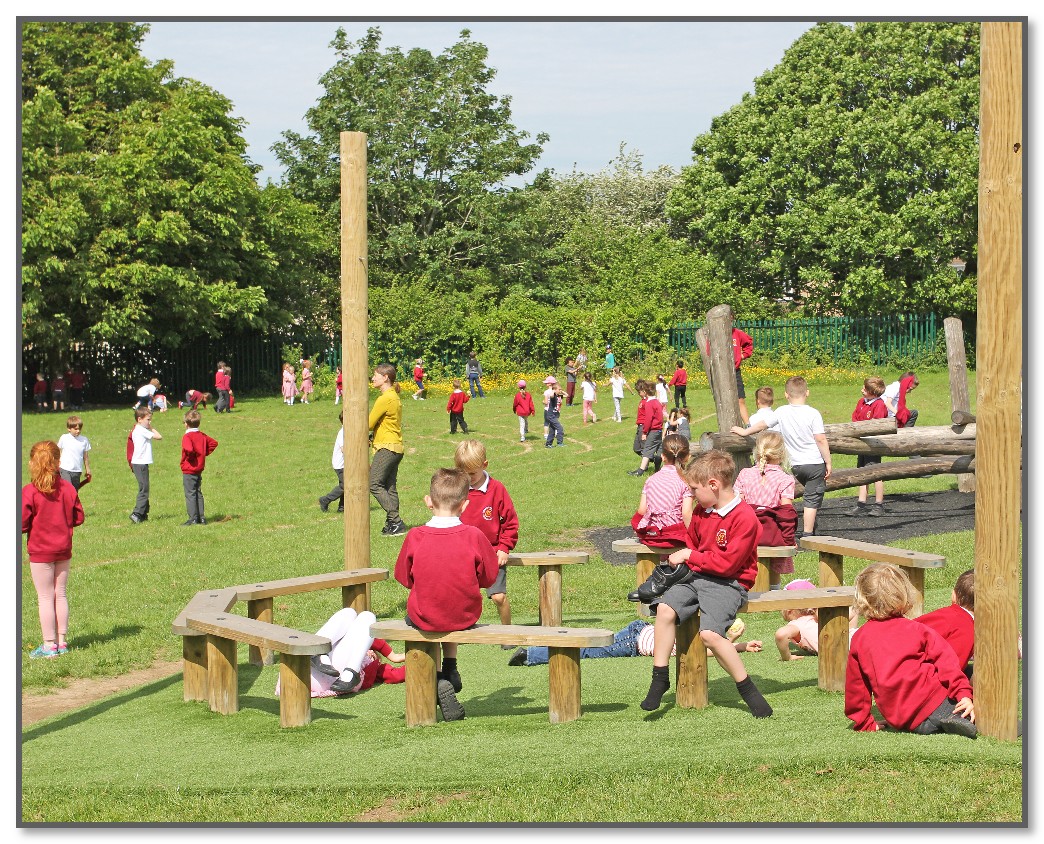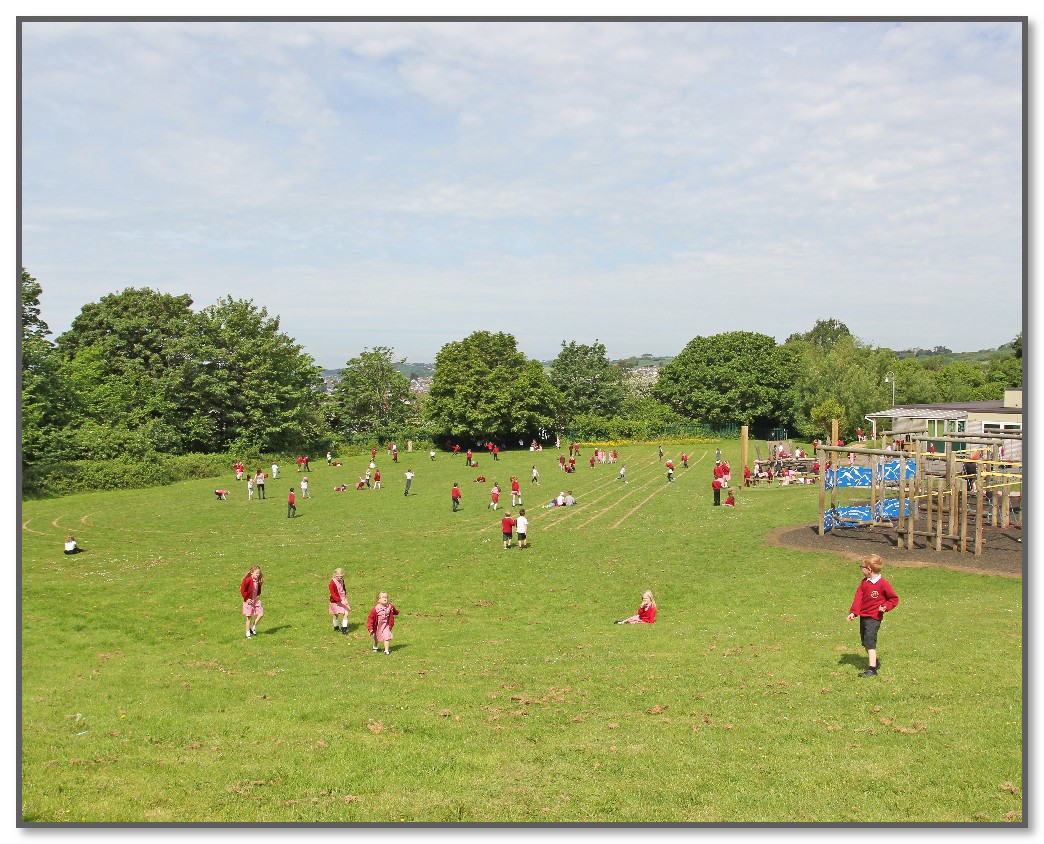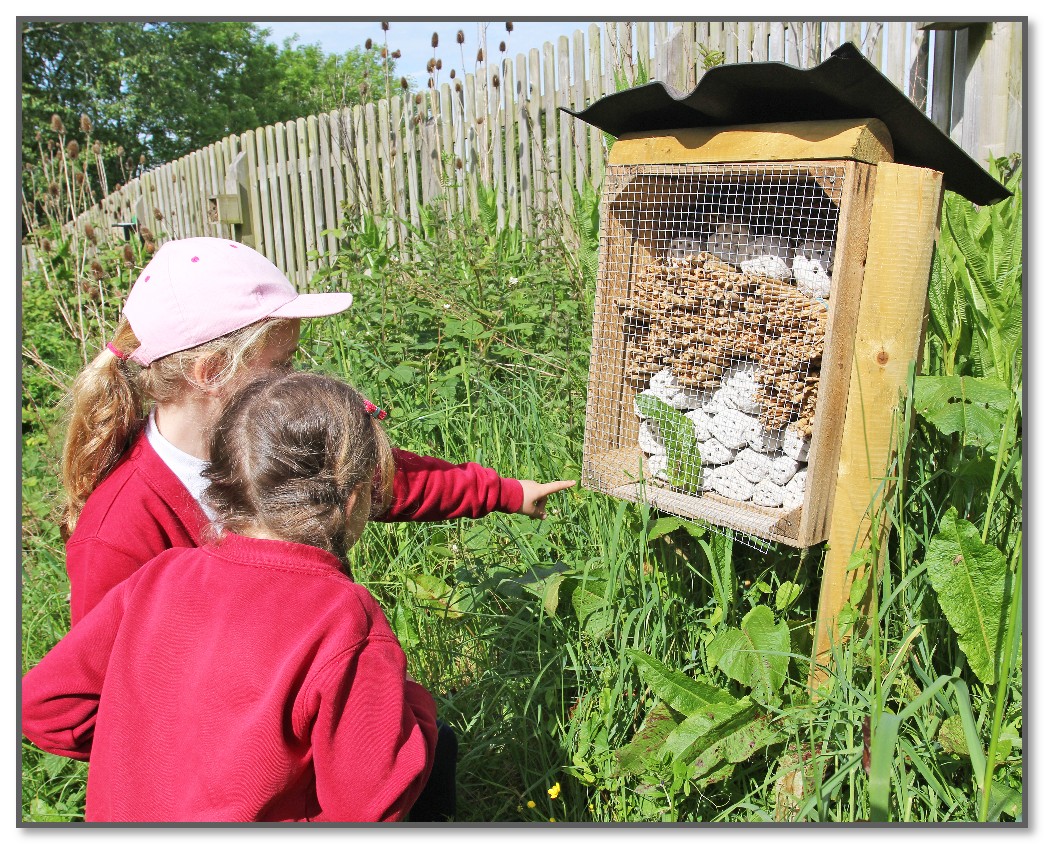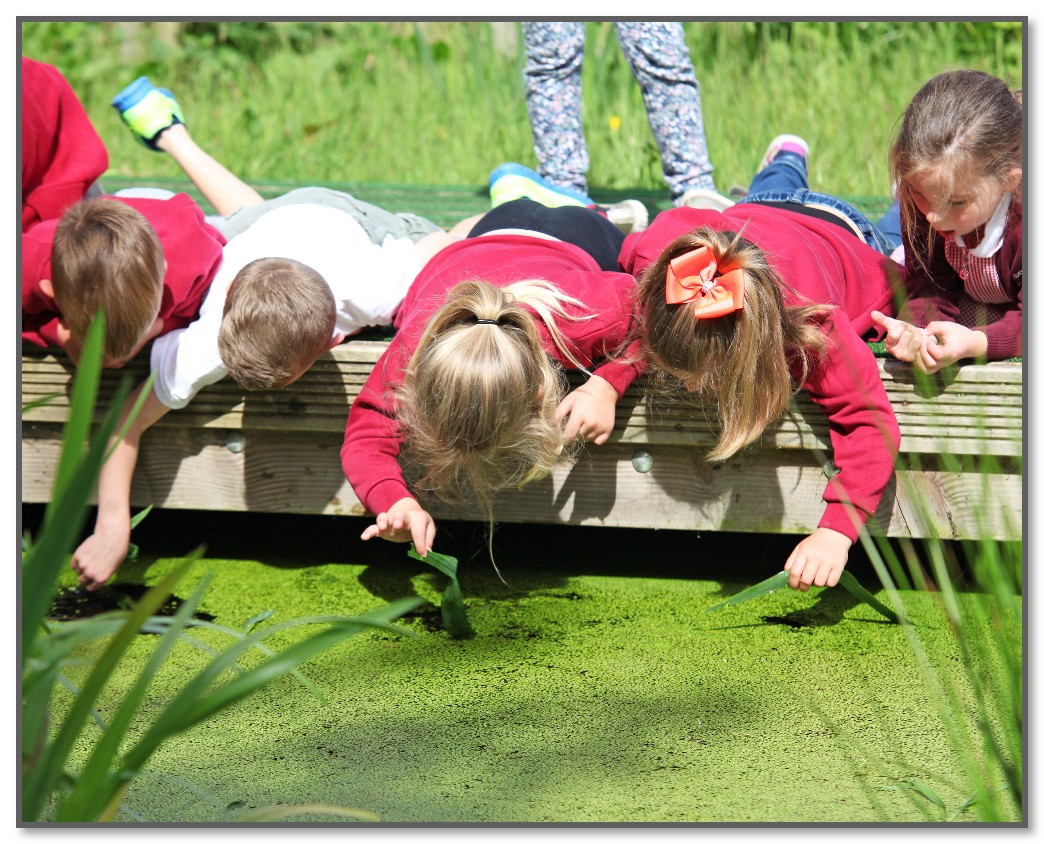Implementation
How have we implemented our curriculum?
- We researched effective teaching, learning and curriculum models such as those recommended by Mary Myatt, Tom Sherrington and John Tomsett.
-
We developed and planned our curriculum, in cross-year group teams and across subjects, to ensure knowledge and skills are developed in the most effective way.
- We have ensured subject progression plans are based on the most effective way to deliver a subject. For instance, geography is taught by putting the local area at the beginning of a child’s learning journey and then working outwards towards the rest of the world as the child moves through the school.
- We have built in the continuous review and evaluation of our provision based on effective assessments, outcomes, pupil feedback and learning reviews.
- Our timetables are designed to ensure equality of provision, coverage and opportunity.
- A consistent approach to lesson sequencing and content which focusses on embedding knowledge in the long term memory. This includes immersion and hook lessons to engage and enthuse children, overlaps of learning activities to connect new knowledge with old and knowledge-rich lessons which are tailored to cohorts of learners.
- In some lessons, we use knowledge organisers to support learning at school and at home and to engage families.
- Assessment opportunities are utilised from the beginning of every lesson sequence through the use of KWL (Know, want to know and learnt) grids. These are used to assess prior knowledge and inform planning. At the end of a sequence, these grids are also used to record what children have learnt. Formative retrieval grids are used throughout a sequence to enable children to practice and revise their knowledge in a low stakes and repetitive framework so they can begin to embed their understanding in their long-term memory and feel the success of their learning.
- We use an enquiry-based learning approach. This emphasises a pupils' role in the learning process and asks them to engage with an idea or topic in an active way. This learning approach is all about asking questions and being curious. In some subjects, this is led by a question that is too big to answer in one go (the main question) but is not too large that the learners do not understand. We guide our pupils through a scaffolded learning process (key questions) with the aim of answering this question in the end.
- Impact reviews are used as a ‘feedback loop’ to ensure that the outcomes of assessments for modules influence and improve future planning in previous and present year groups.








